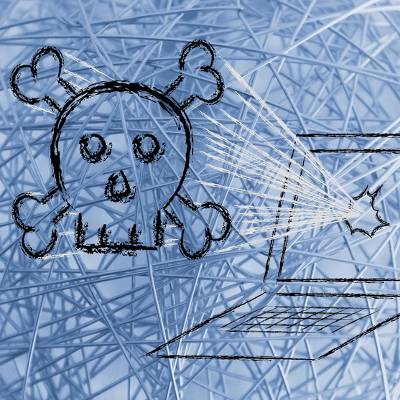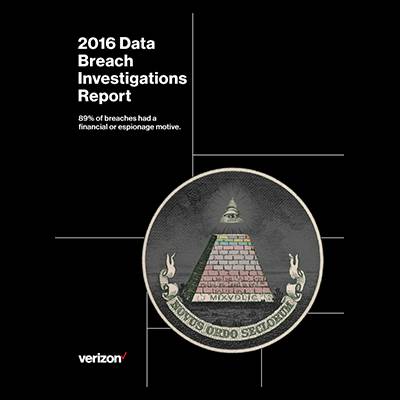27 vulnerabilities: The amount of vulnerabilities that were resolved with the round of security patches in Microsoft’s latest Patch Tuesday. Windows, Microsoft Office, Internet Explorer, the Edge browser, and more, were all affected. It’s important to patch these vulnerabilities as soon as possible, especially if you haven’t done so already.
Macro Systems Blog
Every budget-minded business owner is always on the lookout for deals, especially when it comes to technology. The quest to save money might cause one to consider buying used computer equipment, which could work out great, or it could be disastrous, depending on a multitude of factors. If you’re serious about purchasing used computer equipment, then take into consideration these four tips.
The Petya ransomware, a particularly vicious monster of a threat, has reared its ugly head once again, only this time, it’s not alone. Petya now comes bundled together with Mischa, yet another ransomware that works well alongside Petya. The ransomware is delivered via an inconspicuous email disguised as a job application, with a resume attached. Once the user downloads the file, Petya encrypts the files located on the device.
With today’s great technology solutions, working remotely is no longer just a dream. Many businesses have either a partial or a complete remote staff, and it’s all held together by modern technology solutions. However, even with the latest tech, the remote worker still has to invest in their own success.
While security experts tend to focus the brunt of their discussions on desktop OS vulnerabilities, there are plenty of mobile malware threats that fly under the radar. One such malware is called Hummer; a trojan that installs unwanted apps and malware on a device, and can be found on over a million phones worldwide.
Windows 10 has been gaining traction in the workplace, but to see a different side of the value that Microsoft’s latest operating system provides, let’s look to the exact opposite of the workplace: recreation. Specifically, Windows 10 has gained in popularity amongst PC gamers, reaching almost half of the total user base of Steam, the PC gamer’s cloud-based preferred gaming solution.
One of the most popular methods of online hacking attacks involves what’s called a brute force attack. This is when a hacker overwhelms a login system with multiple attempts until the hacker is able to log in and access the system. They are dangerous attacks that could expose not just sensitive information, but also leave you vulnerable to ongoing hacks.
Mobile devices continue to be an important part of doing business, and organizations are ready and willing to accept them into the workplace environment with open arms. Yet, the fact remains that doing so can be of significant risk. Believe it or not, the majority of businesses overwhelmingly support mobile devices, but don’t put measures into place that can protect them in the event of a hacking attack or data leak.
It doesn’t take much to derail a business. Even the slightest disruption in power can lead to an unexpected power-down, and something as simple as a severe rainstorm could lead to floods that wash away your data. The point stands that you have everything to lose, and without data backup and disaster recovery, your business practices could be in danger.
Virtualization is changing the way that businesses access information, to the point where many organizations simply choose to store their data infrastructure in the cloud and access it as needed. While this is extremely convenient and helps to keep your in-house wiring to a minimum, it also puts you at the mercy of your business’s Internet connection. You don’t need us to tell you that this is a precarious situation to be in, and the slightest Internet hiccup could cause a world of trouble.
When was the last time that you ran into a problem that was easily solvable, simply by restarting your computer or unplugging a device from the wall, then plugging it back in? Often times, simple troubleshooting tactics can be enough to resolve a problem, but more often than not, there are issues that can’t be easily resolved. It’s these ones that hold businesses back, and we’re here to help.
Augmented reality is a growing trend in the technology industry, and perhaps one of the best known uses of it today can be found in the extremely popular mobile device app, Pokemon Go. However, hackers have seized the opportunity to infect players who want to “catch ‘em all” with a backdoor called DroidJack - something that certainly won’t help gamers “be the very best.”
How often does your technology experience trouble? If your business is constantly dealing with technical hiccups, your assets that are meant to be a boon to your organization, can quickly become a nuisance that holds you back. How can you take better care of your technology, and use it to usher in a new era of productivity?
When money is tight and you start feeling down about your financial situation, it’s important to keep the big picture in mind. This can be done by reviewing your net worth. Plus, if you go so far as to track your net worth, then you’ll constantly have this big picture before you. This will help you to worry less and allow you to better focus on your goals.
Mobility is proving to be a major pain point for businesses, especially when it comes to implementing new technology solutions. It’s become crucial to consider how mobility can influence the growth of your business and improve operations, particularly with the cloud gaining ground and mobile devices becoming omnipresent in the workplace. How will your business learn from this influx of mobility?
Verizon has taken to publishing a compilation report analyzing data breach statistics with the help of industry partners, a report that is widely regarded as a must-read for the industry. A brief review of the latest edition’s executive summary revealed where information security vulnerabilities lie in industries worldwide and, even more helpfully, what shape those vulnerabilities took. The Data Breach Investigations Report, or DBIR, pulled no punches in outlining what kind of attacks happened in the past year, and how.
Windows 10 is almost one year old, and people have found all sorts of ways to best leverage Microsoft’s great new operating system to their business’s advantage. Yet, some folks tend to forget some of the most basic new features that got everyone so excited about Windows 10 in the first place. Have you taken advantage of these Windows 10 features yet?
When you think of a computer, you think of a machine that makes your life easier. You can look up events, check facts, record data, and so much more. However, the first computer might be something extraordinarily unexpected; a submerged treasure off the coast of Greece called the Antikythera mechanism, which was used to predict and track astronomical events, like the movement of the planets or the occurrence of eclipses.























